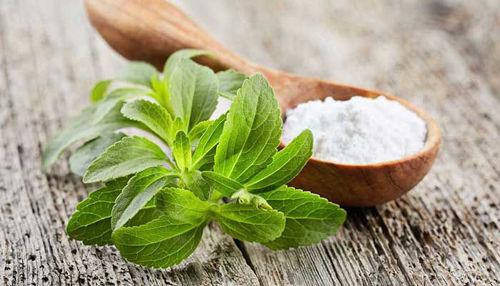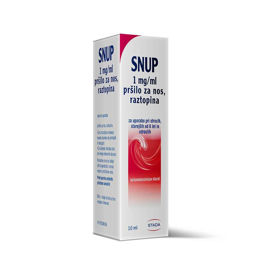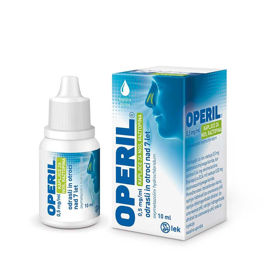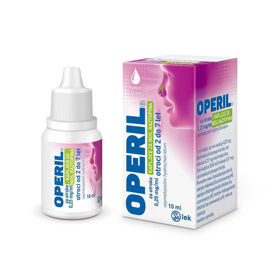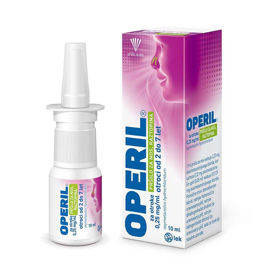The common cold is an acute viral disease of the upper respiratory tract, especially the mucous membranes of the throat, nose and paranasal sinuses.

It is caused by more than 200 types of viruses, the most common of which are rhinoviruses. Colds occur throughout the year. Most often in autumn and winter. when the nasal mucosa is drier and thus more susceptible to viral infections. The frequency of the disease is influenced by immune resistance and exposure to infections.
Signs of a cold appear 1-3 days after infection and last for 7-10 days. How quickly the symptoms appear depends on the rate at which viruses multiply in our body. Typical signs are an inflamed, sore throat, watery runny nose, stuffy nose. sneezing, watery eyes, and a dry cough that turns into a cough with feces. Headaches, mild muscle and joint pain, and a slight fever may also occur.
The signs of a cold can be similar to the flu.
Influenza is distinguished from the common cold by a markedly elevated temperature (39-40 ° C) and a persistent cough. The onset of symptoms is more intense and faster than with a cold.
With a cold, rest, drinking plenty of fluids and proper hand hygiene are important. It is advisable to humidify the air in the room, rinse the nose with saline and inhale and gargle it. The saline solution loosens the adherent mucus and soothes the irritated mucosa. It is also important to strengthen the immune system.
Medicines to cure colds are not yet available, so we alleviate the symptoms of colds with various medications and self-medication products, which reduce the intensity and shorten the duration of colds and reduce the possibility of complications. We have many medicines and products of plant or chemical origin available. For a stuffy nose, use a nasal decongestant if necessary. which reduces the swollen nasal mucosa and thus facilitates breathing. In case of sore and sore throat, we use medicines with a local antiseptic, to which a local anesthetic is often added. In case of fever, headache and pain in the joints and muscles, we use medications that have antipyretic and analgesic effects. For dry and irritating cough, we use products that soothe and eliminate the cough, for productive or. wet cough with those that help dilute the thick mucus to make it easier to cough up.
The choice of medicine is based on individual signs of a cold. Different medicines may contain the same active substance, so care must always be taken when taking medicines to relieve colds to avoid duplication of the active ingredients of the medicine. containing more than one active substance is recommended only when all the signs against which such a drug acts are expressed. Despite the fact that medications to relieve the signs of a cold are used in self-medication. it is necessary to follow the instructions of the manufacturer of the drug or. pharmacist's advice Consultation with a pharmacist is especially recommended for chronic patients. who take medication regularly If the signs of a cold do not improve within 10 days, a visit to a doctor is advised.
The common cold is caused by several hot 200 types of viruses, the most common of which are rhinoviruses.






